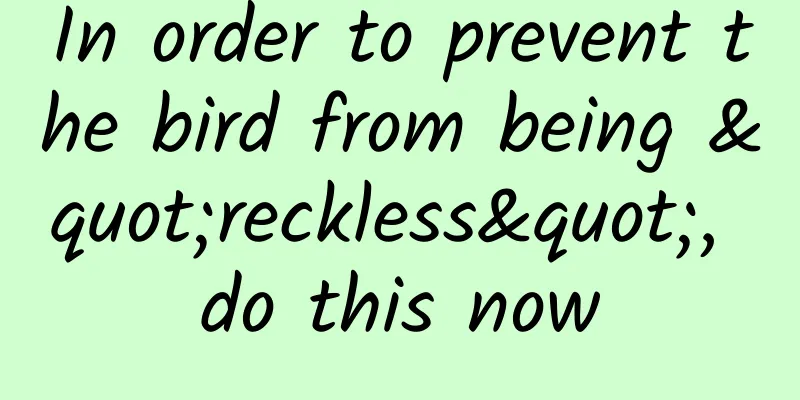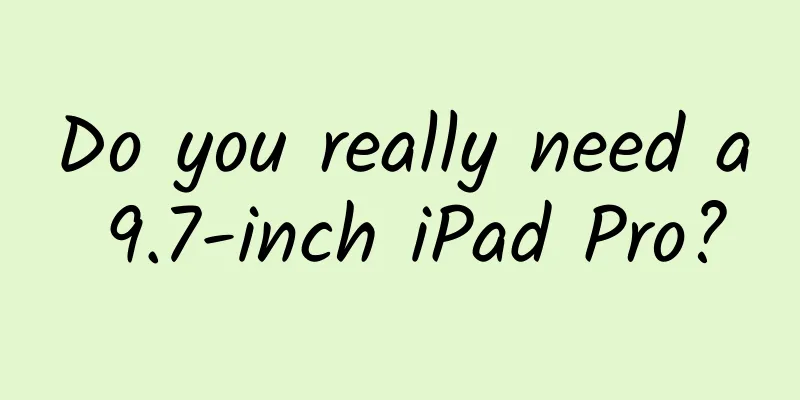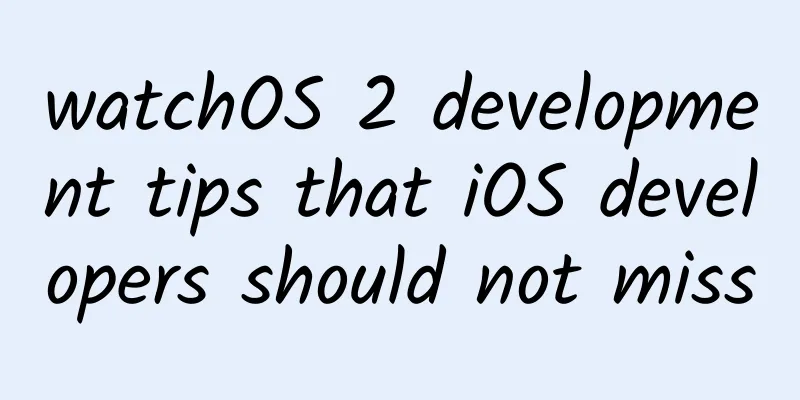The EU plans to promote universal mobile phone chargers. Will Apple and Android charging interfaces be unified?

|
According to foreign media reports, despite Apple's strong opposition, the European Union is pushing forward a plan to require all manufacturers to use the same smartphone charger, at least within the EU. This plan will have a significant impact on Apple and its users. The European Parliament has voted to establish a unified charging standard for mobile devices, with the European Commission's plan centered on hopes of making things easier for consumers and radically reducing the amount of electronic waste created by discarded chargers. In the European Commission's "Impact Assessment Study on Common Chargers for Portable Devices", 15% to 20% of respondents said they encountered "significant problems" due to using non-standard chargers. These included incompatibility of available chargers, certain devices and chargers charging too slowly, and carrying different types of chargers taking up too much space.
In 2009, a number of suppliers, including Apple, Samsung and Nokia, signed a "Memorandum of Understanding" which reads: "The signatories agree to develop a common specification based on the USB 2.0 micro-B connector, which allows mobile phones to be compatible with all chargers. For those mobile phones that do not have a USB micro-B connector, the Memorandum of Understanding allows the use of adapters." The 2009 MoU expired in 2014, and although the smartphone industry proposed a new MoU in 2018, the European Commission rejected the request because USB-C had become more common by then. However, the focus of the 2009 Common Specification lies in the wording regarding adapters. To comply with the EU agreement, Apple introduced a Lightning to micro USB adapter in 2012. The adapter was launched in Europe at the same time as the iPhone 5, but had mixed results. The 2009 MoU was a success if you don’t mind vendors continuing to roll out proprietary cables and adapters. But the European Commission said in its assessment that the MoU had in fact failed, as it was intended to reduce the number of chargers needed and “decouple” devices so that phones no longer always had to come with their own charger. Before the vote, Apple said in a letter to the European Commission that requiring it to abandon the Lightning connector in the transition to the new standard would actually lead to "an unprecedented increase in e-waste." "We believe that regulation that forces a consistent type of connector inside all smartphones would stifle innovation rather than encourage it, and would harm European consumers and the economy as a whole," Apple wrote. "We hope the European Commission will continue to seek a solution that does not restrict the industry's ability to innovate and bring exciting new technologies to customers." The European vote to standardize chargers is far from a straightforward decision to adopt any one standard and enforce it. The European Commission report makes clear that there is "no clear 'best' solution." The report offers a variety of possible options, from allowing dedicated chargers with adapters to mandating the use of USB-C, and several scenarios in between. The changes would primarily involve standardization not of cables and connectors, but of the chargers themselves. Most phones use a power cord that plugs into a so-called "external power source." "The most effective way to address the inconvenience caused to consumers by the continued existence of different charging solutions is to seek a solution combining a common connector and an interoperable external power source," the European Commission said in the report. The European Parliament overwhelmingly supports some kind of standardization of chargers for smartphones and requiring other mobile devices to use the same charging method, but there is no specific timeline or plan for this plan. As the image above shows, option 0 actually describes the current situation, where Apple can continue to use its Lightning connector or any connector it chooses as long as an adapter is available. Option 1 would see significant changes, as it would effectively force the iPhone to use USB-C. Apple already uses USB-C on some charging plugs and iPad Pro, so it was expected that Apple would move it to the iPhone as well. However, the company continues to stick with Lightning, seemingly because the change would affect many users. Apple has argued to the European Commission that the proposed charger changes would affect all the countless docks and other third-party devices that connect via Lightning. Option 2 is a compromise that requires an adapter plus a USB-C AC power plug, which is possible, but USB-C chargers are more expensive than Lightning chargers. Option 3 also means that Apple must provide a USB-C AC power plug, but the iPhone itself may continue to use the Lightning interface. Option 4 is for Apple to produce both a USB-C AC power plug and a USB-C iPhone. Option 5 would be the most costly for Apple, as it would mean that Apple would need to launch a USB-C iPhone, along with a USB-PD-compatible fast-charging AC power plug that would provide at least 15W of power to connected devices. The European Commission does believe wireless charging is a good solution, but it is not optimistic about its potential. "Wireless charging is a nascent technology. Currently, its energy efficiency is about 60%, while wired charging technology has an energy efficiency of nearly 100%," the agency said in the report. Problems like these make the EU's overall plan difficult to implement, and the range of possible options being considered means that the EU has been unable to implement any agreement since the memorandum of understanding was signed in 2009, let alone legislate. At the heart of the issue remains Apple’s view on e-waste and stifling innovation. “We believe that further harmonization would bring greater convenience to consumers, as they would be able to charge not only their mobile phones but also other portable devices using common cables and chargers, and would have the option of keeping their existing chargers and buying their phones without chargers at a lower price,” the European Commission said in its report. According to preliminary analysis by the European Commission, the solution is also expected to reduce the number of counterfeit chargers on the market, thereby helping to reduce e-waste. However, the same report also specifically points out that if it succeeds in preventing phone manufacturers from always providing their own chargers, then counterfeiting will increase, leading to an increase in sales of unsafe or counterfeit chargers. At the same time, any further coordination should not restrict innovation, namely the development and promotion of new generations of chargers. Given this, it’s not entirely clear what happens next; the only certainty seems to be that it will take a long time to roll out a universal charging standard. |
<<: On the first day of work, DingTalk and WeChat for Work both crashed
Recommend
AARRR model, analyzing Himalaya’s membership growth!
The AARRR funnel model is also known as the Pirat...
Shopping process and analysis of e-commerce platforms such as JD.com and Tmall
Due to the differences in platform positioning an...
Kuaishou Advertising Platform Review Standards and Process
1 Audit Purpose and Basis Purpose: In order to st...
Is the agency fee for Xiamen appointment mini program high? Xiamen appointment app agency fee list
How much does it cost to be an agent for an appoi...
How to write a 99-point event promotion plan?
If you give a campaign plan 100 points, then toda...
Haolong and Qingzhou will be added to the fleet! What other surprises will China's space program bring in 2025?
In 2025, China's manned spaceflight journey i...
The beautiful little bird is "dressing up as a man". Is it because she lacks bird nature or is it... hungry?
"The male rabbit's feet are confused, an...
Advertising account optimization methods for the business service industry!
How to optimize accounts in stages to achieve the...
How should tool apps operate?
Two days ago, a reader gave me a trial of their t...
Seed users, how to achieve growth from 0 to 1?
I believe that many startup teams have encountere...
How much does it cost to customize the Kaifeng real estate mini program? What is the price quote for the customized Kaifeng real estate mini program?
The factors affecting the quotation of Kaifeng Re...
2021, those immortal stars
Source: Guangming.com Editor: Wang Zimo Editor: W...
Community Operation | 0 cost, how to efficiently build a strong community system
Since 2015, the first year of the community , the...
How to correctly place information flow ads?
Many people think that optimizer is a creative po...
How to restore TikTok to normal with 0 views? What are the main reasons?
Douyin is a very popular self-media video APP now...









